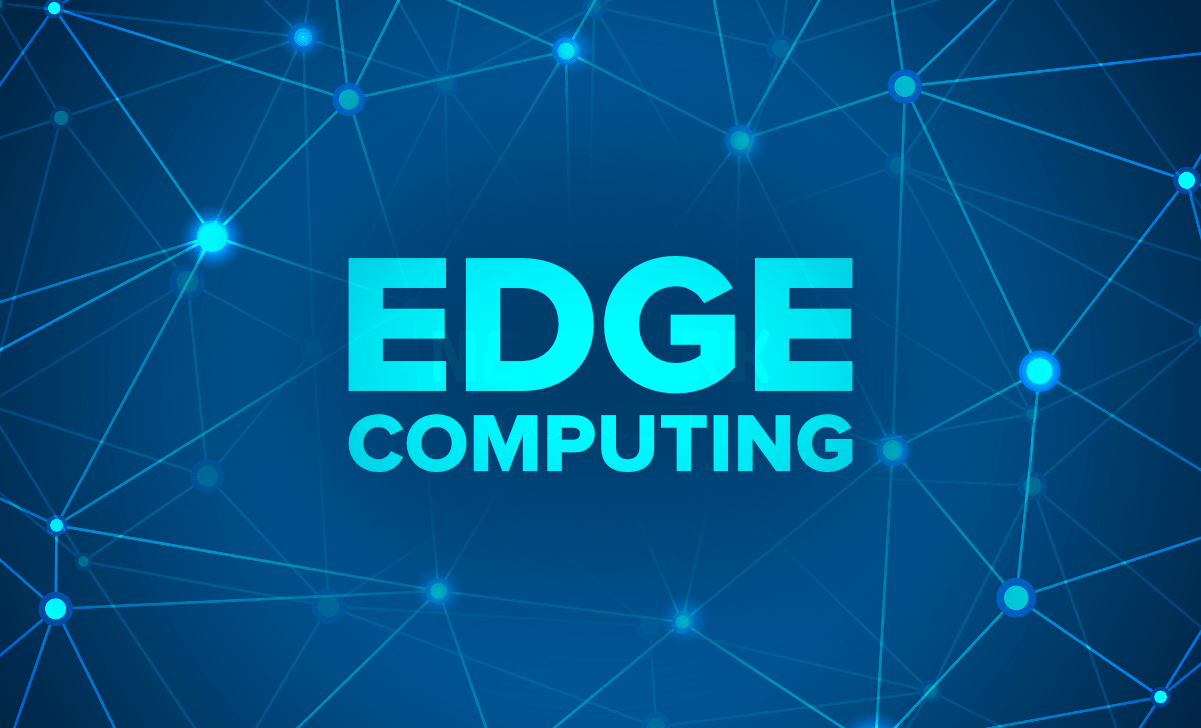Cloud computing is a buzzword in technology, but the impact is immense, ranging from a change in how we store information to the running of applications and management of businesses. Cloud computing, in simple terms, means storing and accessing data and programs over the internet instead of using your computer’s hard drive. To businesses, cloud services cut costs, enhance collaboration, and make operations agile.
In this article, we are going to explain what cloud computing consists of and what it means for the future of both tech and business.
What is Cloud Computing?
Fundamentally, cloud computing is based on a model where data is stored, managed, and processed on remote servers accessed via the Internet. Instead of saving files and applications on a local device or network, users save, access, and manage files and applications “in the cloud,” meaning an online server hosted by a third party, such as AWS, Microsoft Azure, or Google Cloud. Such a model allows users to connect with their files and applications from any device that can access the Internet.
Types of Cloud Computing
Cloud computing is available in a diversity of forms, each offering different capabilities and benefits, including:
Public Cloud: Generally speaking, service is provided over the internet on a public cloud shared between multiple organizations. The public clouds are inexpensive and easy to scale; hence, they are widely deployed for small companies and home users.
Private Cloud: Private clouds are utilized by an individual organization, affording the users far greater control and security. Many companies dealing with sensitive data find this model preferable, such as financial institutions.
Hybrid Cloud: In a hybrid cloud, public and private clouds coexist and support each other. Such deployment models allow organizations to manage sensitive data on a private cloud while using a public cloud for less critical information. It thus offers the benefits of flexibility, cost reduction probably, and ease of data management.
Multi-Cloud: This refers to the organization that leverages multiple cloud services supplied by different providers. The term was coined to avoid dependence on one vendor. It is mostly seen in industries that require very high uptimes and reliability.
How Cloud Computing is Revolutionizing Business
With cloud computing, businesses stand to benefit by saving on costs, scalability, and improvement in collaboration.
Cost Savings: Through cloud computing, an organization can cut down on hardware and maintenance costs since it no longer needs to invest in servers and data centers. It also provides cloud service providers with pay-as-you-use pricing, which enables businesses to pay only for resources consumed.
Scalability: With cloud services, a business can scale up or down depending on demand. Whether this is a seasonal spike in e-commerce traffic or the need for more storage, cloud computing lets companies quickly change scale without large upfront investments.
Remote Collaboration: Cloud computing offers an environment in which it is very easy for teams to collaborate from anywhere. Employees can access files and software, even down to specialized applications, on any device, making remote work and flexibility seamless.
Data Security: To a great extent, cloud providers invest in security, which, in many instances, is far better than what an enterprise itself can achieve. Advanced encryption, continuous monitoring, and periodic security updates, apart from anything else, safeguard sensitive information.
Common Cloud Computing Examples
You are most likely using cloud computing on a daily basis without realizing it. Here are some common examples:
Streaming Services: Netflix, Spotify, and YouTube store video and audio on cloud servers to stream content to millions in the world.
Email and Storage: Gmail, Google Drive, Dropbox, among others, store your emails, files, and photos in the cloud; hence, you can access them through any device.
Smart Home Devices: Several smart home technologies, including Amazon Alexa or Google Home, make use of cloud storage to maintain the data and process voice commands for better connectivity and efficiency in living environments.
Online Gaming: Multiplayer versions of the games make use of cloud servers to save player information in order to keep the online gaming process smooth even when multiple people are connected online.
Disadvantages of Cloud Computing
While cloud computing does offer a number of advantages, it does also poses some unique disadvantages:
Security and Privacy: The most critical concern to any organization is data storage on the cloud. Where sensitive or personal information is stored, it presents a risk. The organization must be assured that its provider has great measures concerning security and adherence to privacy regulations.
Downtime and Outages: As with any other provider, clouds are prone to outage, too. Where there is an outage by the cloud service provider, any business relying on constant access is affected. This rarely occurs; however, when it does, it disrupts business operations.
Loss of Control: The companies are completely at the mercy of a third-party server which hosts their data. Secondly, one always risks the possibility of dependency on a single provider because switching of providers is always complicated and may involve higher costs.
Dependency on the Internet: The cloud services need access to the internet. For businesses in areas with poor connectivity, this is a drawback.
The Future of Cloud Computing
As technology is getting advanced, so will be the role of cloud computing that will continue to play in business and innovation. Following are some of the trends that are shaping its future:
Edge Computing: It cuts down latency and improves speeds by processing data closer to its origin. This is important for IoT devices and applications that require real-time data processing.
Artificial Intelligence Integration: AI and machine learning algorithms on the cloud may be extremely powerful in providing insights to businesses to automate their tasks, analyze data, and make better decisions.
Serverless Computing: Serverless models allow developers to run code without concerns about managing the infrastructure behind it. For application development, it is going to be much faster, cheaper, and also highly scalable.
Increased Adoption of the Cloud in Small Businesses: As cloud technology becomes more available and affordable, small businesses increasingly adopt its use for scalability, cost-effectiveness, and ease of use.
Conclusion on Cloud Computing
It has totally changed the way we store, access, and use information. It made technology more adaptive, friendly, and humane. Cloud technology, while growing in new dimensions, shall continue to bring about more changes in the world of technology and shape up the future with regard to work, entertainment, and being connected.
Understanding cloud computing can thus open up new opportunities, smooth processes, and, therefore, ensure businesses and individuals operate in an easier, more efficient manner. Whether a techno-enthusiast or a neophyte, being updated on cloud trends is one way to stay tuned to valuable information in today’s digital world.




